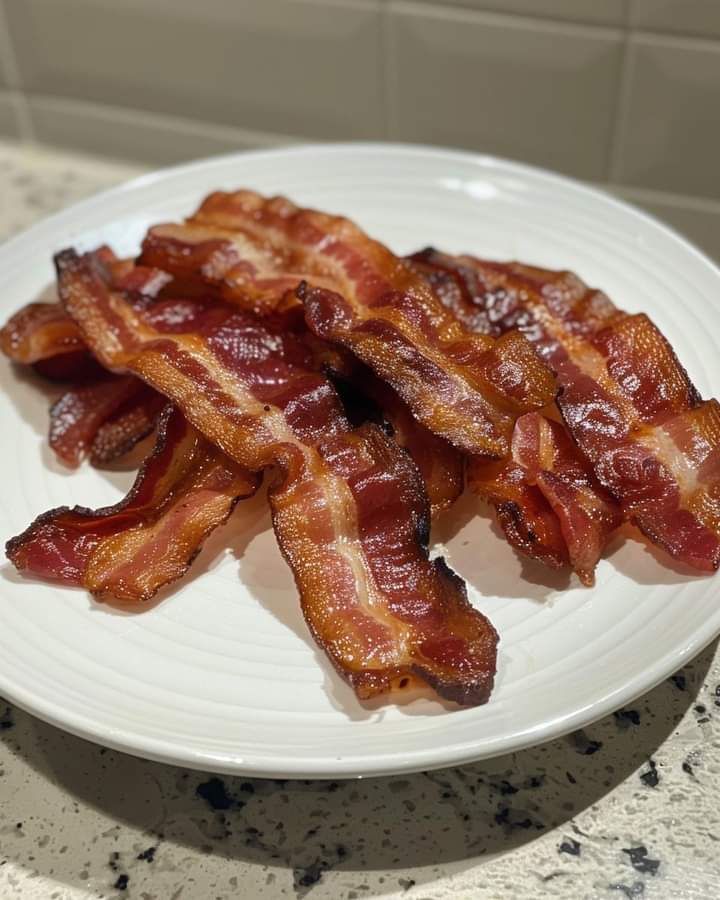The debate around the best way to cook bacon is an age-old culinary conundrum. For many, like yourself, it’s a significant point of contention, rooted in personal preferences and sensory experiences. The texture, flavor, and appearance of bacon can vary dramatically depending on the cooking method and the cook’s individual standards. While to some, crispy represents the perfect balance of crunch and succulence, to others, it may tip the scale to burnt. This disagreement is not just about breakfast; it’s about a clash of culinary ideals.
Reading this article will immerse you in the crispy vs. burnt bacon debate. We’ll explore different perspectives and cooking techniques to give you a better understanding of how this versatile ingredient can be prepared to satisfy diverse tastes. If you and your partner have ever contested over the sizzling satisfaction of bacon, this article might just find you a middle ground.
Understanding Crispy vs. Burnt Bacon
1. Crispy Bacon Defined
For many, crispy bacon is characterized by a golden-brown color and a delicate, shattering crunch when bitten. It maintains a balance, avoiding the darkened edges and overly hard texture that signals burning. The fat should be mostly rendered, leaving a combination of meat and fat that is pleasing to the palate.
2. Burnt Bacon Recognized
On the opposite end, burnt bacon is usually dark brown to black, with a tough, brittle texture. This can result from overcooking at high temperatures. The unmistakable taste of char overshadowing the natural flavors of pork is a key indicator of burnt bacon.
Techniques for Cooking Bacon
1. Pan-Frying
Using a skillet provides direct heat, allowing for precise control. Starting from a cold pan and slowly heating the bacon can help maintain the desired crispy texture without burning.
2. Baking
Baking bacon in the oven at a moderate temperature can result in evenly cooked strips. This method reduces the risk of burning as the heat is more consistent and less direct.
3. Microwaving
A quicker method involves placing bacon between layers of paper towels and microwaving for a few minutes. This approach can yield a consistent crispy texture if monitored closely.
4. Grilling
An outdoor grill can impart a smoky flavor to bacon. Care must be taken to avoid high flames that can char the meat quickly.
Finding a Middle Ground
1. Compromise on Cooking Time
Sometimes, the simplest solution is to find a middle ground regarding cooking time. Preparing separate portions to accommodate both preferences can also keep both parties satisfied.
2. Experiment with Techniques Together
Cooking together and experimenting with different methods can be a fun way to discover what each person prefers. Trying variations like candied bacon or bacon-wrapped delicacies might provide a new favorite for both.
3. Communicate and Respect Preferences
Understanding and respecting each other’s taste preferences can go a long way. Encouraging a mutually agreeable middle ground where some strips are prepared to be crispy while others are left a bit softer or firmer can also be a practical solution.
In conclusion, while the crispy vs. burnt bacon debate may never end, understanding the distinctions and experimenting with various techniques can bring you closer to satisfying both tastes. At the end of the day, the joy of sharing breakfast and compromising can elevate the simple act of cooking bacon into a unifying experience.
